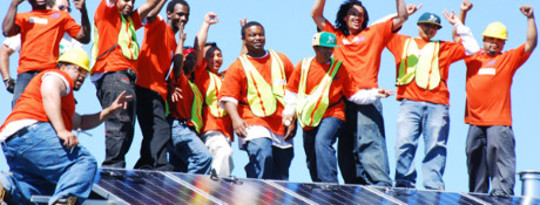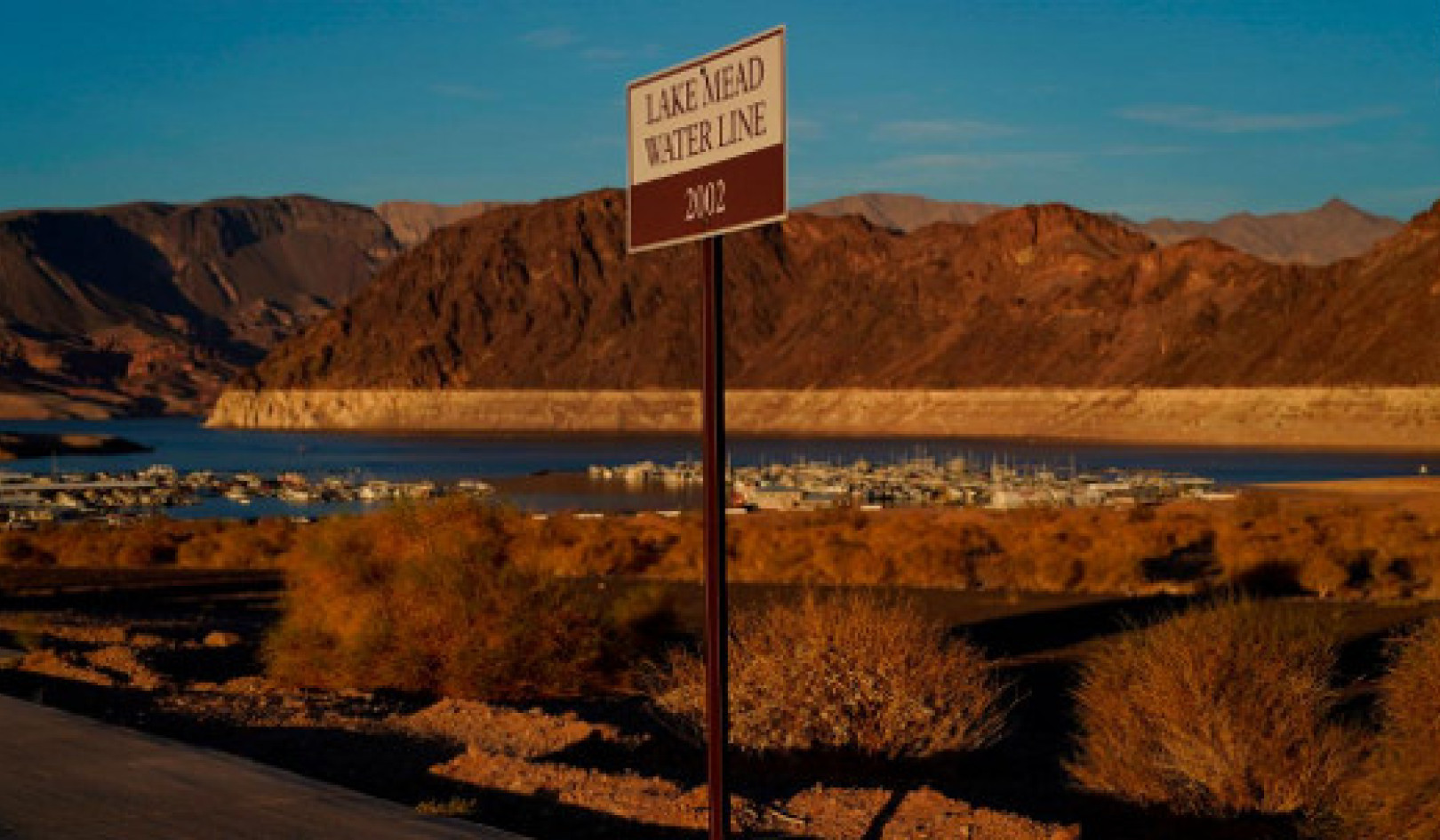Charting the Fall of Solar Prices
It's taken 60 years, but solar is tantalizingly close to beating fossil fuels on price. The prices of solar cells are falling rapidly, and will keep doing so for the next few years. The big questions revolve around the rate of the price declines. And the panels themselves aren't the only place where cost reductions will be found. America has very high "soft costs" -- installation, permitting, marketing etc. Whittling down these expenses will help, too.
Solar is taking off at a breakneck pace (admittedly from a tiny base). Stephen Lacey at Greentech Media provides the striking figures illustrating the exponential growth of solar photovoltaics (PV) in the past few years:
It took nearly four decades to install 50 gigawatts of PV capacity worldwide. But in the last 2 ½ years, the industry jumped from 50 gigawatts of PV capacity to just over 100 gigawatts. At the same time, global module prices have fallen 62 percent since January 2011. Even more amazingly, the solar industry is on track to install another 100 gigawatts worldwide by 2015 -- nearly doubling solar capacity in the next 2 1/2 years.
Even though prices of modules -- the solar panel itself -- have plummeted in the last few years, a report from the Department of Energy's Lawrence Berkeley National Laboratory reveals that other costs haven't been so easy to bring down.
When Will Solar Get Cheap Enough for Everyone to Use?
An animated look at how far solar has come since it emerged in the 1950s
A Very Short History of How Americans Use Energy at Home
We use less energy heating our homes, but more on the appliances inside them. Let's take a quick tour of how Americans use energy at home. Per capita energy consumption has stayed fairly stable over the past thirty years, but how we use energy has changed.
Insulation improvements and efficiency gains in heating and cooling have made the task of temperature management less energy-intensive. And these improvements have been offset by the proliferation of electronic appliances and gadgets.
While appliances and electronics have grown in their share of total energy consumption, the single biggest energy drain remains heating, as well as cooling in warmer climes.


























